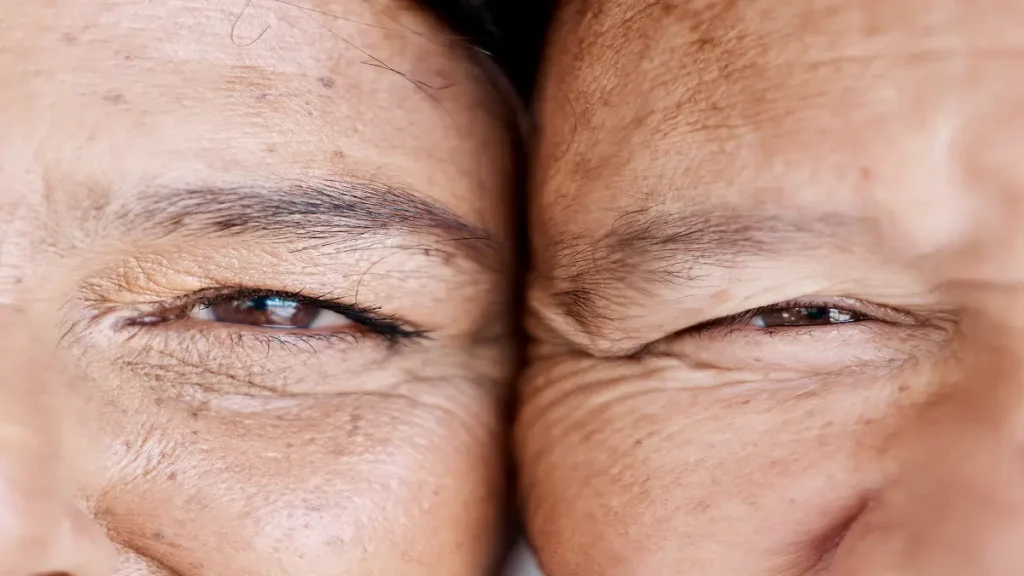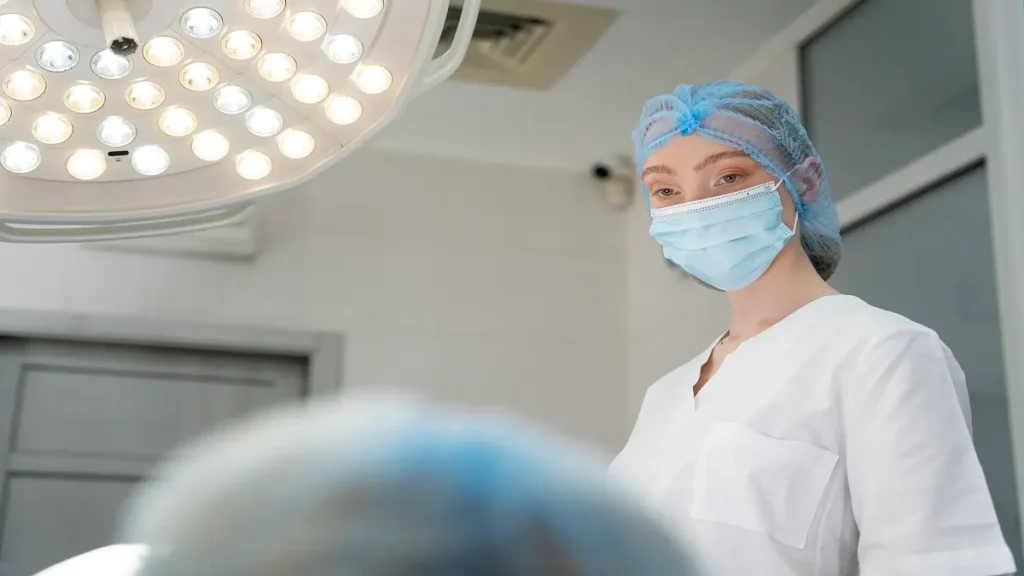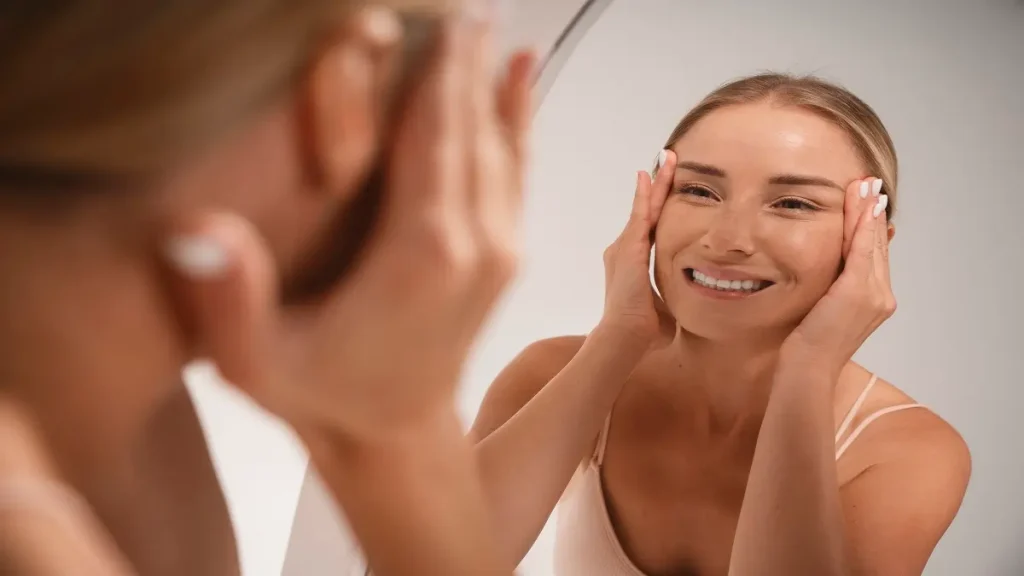Entropion Repair
What is Entropion Repair? Entropion is a condition wherein the eyelid, usually the lower lid, turns inward, causing the eyelashes to rub against the cornea. This can lead to various symptoms like eye irritation, redness, excessive tearing, and blurred vision. To address this eyelid disorder, entropion repair is necessary. Entropion repair involves surgical intervention to […]







